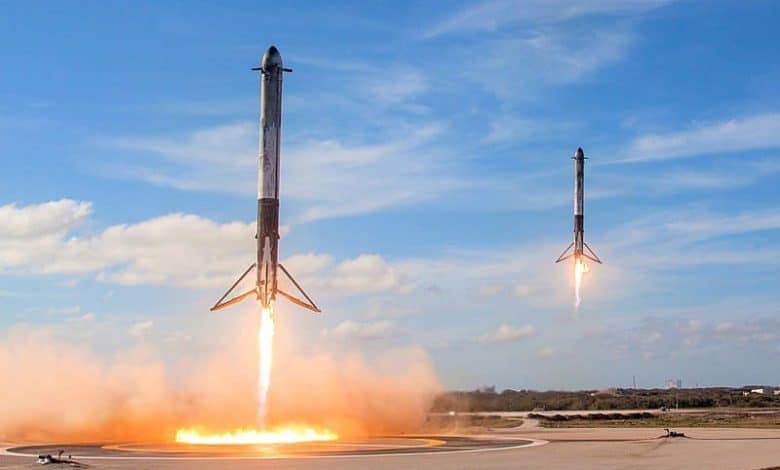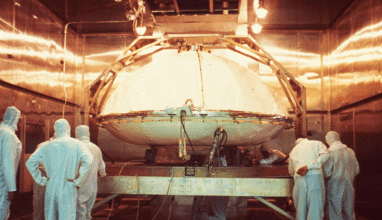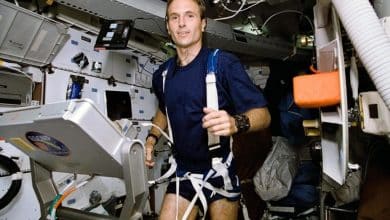Space Tourism Technology | 4 Thrilling Innovations?

“It is hard to define what is impossible.” Today’s hope is tomorrow’s reality, according to Robert Goddard. There has always been a tremendous desire among humans to explore and visit new and interesting areas. Since people first began to see the night sky, they have had the desire to explore the universe. From the dawn of the space age, it has been an unstated goal of space-faring governments to make space travel accessible to the general populace. The logical next step for tourism is space flight. The goal of Space Tourism Technology is to make it possible for people to go to space for fun and adventure.
A person who visits and experiences space for adventure and leisure activities unique to space would be considered a space tourist. Communities of Astronauts who travel to space for work purposes are not included in this definition. The United Nations World Tourism Organization defines tourists as people who “travel to and stay in places outside their usual environment for more than 24 hours and not more than one consecutive year for leisure, business, or other purposes not related to the exercise of an activity remunerated from within the place visited” (UNWTO).
These statistics may be suitably updated to a notional time ranging from 15 minutes to 7 days depending on whether it is a suborbital or orbital mission, taking into account the rigors of space travel.

Transportation in Space
The space transportation sector is still quite costly. Only the Russian Soyuz spacecraft and the American Space Shuttle are capable of launching people into orbit at the current high cost of roughly US $20,000 per kilogram. Up to this point, attempts to increase the range of human travel-rated vehicles have failed. Hermes, Hope-X, and Buran shuttle projects are still in various design and development phases. Before a commercially feasible space vehicle is realized, several engineering constraints relating to propulsion, high-temperature withstanding constructions, etc., must be removed, which will result in a decrease in the cost of transportation. Environmental considerations including deep impact, space debris creation, and noise pollution must be taken into account while developing new technologies.
NASA in the USA hopes to have its real second generation of reusable rockets operational. The cost of each launch is intended to be kept to roughly $6000 per kg payload, which is significantly less than the present cost of $20,000 per kg to LEO but is still too expensive for a sustainable Space Tourism Technology sector. In addition, the new launch vehicle will be 20 times safer than the shuttle. There is currently 1 in 250 risks that the Space Shuttle may have a catastrophic failure.
About 2025 is when the third generation of spacecraft is anticipated to be in operation. Although flights using third-generation launch vehicles will be relatively expensive, costs may be low enough for the first daring people with an average income to afford to save a few months or a year of their pay for their dream flight to be able to take the journey.
With the fourth generation of reusable rockets, which is anticipated to be operational around 2040, it is envisaged that access to space would become affordable—less than $50 per kg—opening the door to the potential of widespread Space Tourism Technology. This generation of vehicles is intended to be air-breathing, airplane-like, and built from new, ultra-light materials. They will feature effective rocket engines and won’t need any more maintenance than a contemporary airliner. Plans for the next crewed spacecraft in Japan thoroughly consider the potential for and need for space travel.
Japanese Single stage reusable rocket as Space Tourism Technology
The Japanese Rocket Society’s egg-shaped Kankohmaru is a research design for a completely reusable single-stage spaceship. It is an unmanned, reusable rocket that would land vertically after takeoff. It would be capable of launching 50 people into orbit and was created specifically as Space Tourism Technology. The vehicle would employ 12 liquid hydrogen and oxygen-fueled rocket engines, weigh around 5,50,000 kg upon launch, and be made mostly of lightweight aluminum and composite components.
Reusable Launch Vehicle (RLV) in space transportation
To reduce the cost of launching people and cargo into space, a completely reusable launcher that is simple to maintain is required. The system should ideally just use one single-stage vehicle and not use disposable tanks or boosters. The launcher may be built with a hybrid rocket-jet engine that can utilize atmospheric oxygen while cruising at a low altitude. This would result in smaller tanks, less onboard propellant, and a smaller, lighter vehicle. The creation of launchers that satisfy the strict space flight standards is of utmost significance. The number of satellites and people deployed each year will stay low as long as launches are costly.
The development and operation of reusable launchers are not justifiable for such a small market since they only become cost-effective at large launch rates. Thus, the satellite market continues to be tiny, launch costs are high, and expendable launchers are still in use. Space Tourism may be able to help since it offers a clear, sizable market worth billions of dollars annually, where success hinges on effective, reusable vehicles that are flying often. Reusable launchers created for space travel can significantly lower launch costs, making it possible to launch inexpensive satellites in addition to frequent tourist trips.
This would provide a huge boost for solar system exploration, planet colonization, the development of space factories and satellites that generate solar power, as well as additional opportunities that many people have probably not yet thought of. Reusable launch vehicle (RLV) development would be a key factor in the growth of Space Tourism Technology.
Space Shuttle, a Space Tourism Technology
The Space Shuttle is a remarkable piece of equipment. It is the first and only reusable spacecraft, a heavy lift launch vehicle that can also return large cargoes, a spacecraft that, to date, has delivered and returned three times as many people to orbit than all other launchers put together, and it also possesses the most effective rocket engines ever made. Unfortunately, it also has a less-than-ideal safety record, is more complicated, labor-intensive, costly, and only partially recyclable.
Spaceplanes as a practical Space Tourism Technology
Considering the state of technological advancement today, it is feasible to design and build space aircraft that can launch and perform a faultless return from orbit using just autopilot, independent of the time of day or night or the state of the weather. In theory, a space aircraft is made up of three separate vehicles. It functions as a rocket during takeoff and relies on the push of its strong engines to ascend to a suitable height and accelerate to orbital velocity. The spacecraft, or satellite, is held in orbit by a delicate balance between the pull of Earth’s gravity and the force of the spacecraft’s rotation around the planet.
To return to Earth, the larger engines are fired in the opposite direction from the direction of flight, slowing the spacecraft down and causing it to crash back into the atmosphere.
The spacecraft transforms into an airplane, and the wings provide enough lift for a comfortable descent down to Earth’s surface. To create a reliable, secure launch vehicle, the technique and challenge will be to combine the relative simplicity of disposable rockets with the dependability and safety of airplanes. Space planes might be examined far more extensively than regular, extendable rockets during step-by-step test campaigns comparable to those of commercial or military aircraft. These could permit safe aborts during the whole launch process and have additional backup systems and larger safety margins.
The Space Shuttle, with its numerous abort options, resembles a spacecraft in some ways but still relies on disposable rocket technology. Future spacecraft should guarantee far higher levels of safety during launch, reentry, and landing.
They should have complete control at all times, be able to return from space at practically any time (day, night, even in terrible weather), and not be dependent on rescuers and parachute systems to land. Moreover, spacecraft should have safe abort options during nearly all flight stages. True space planes might increase safety standards for human spaceflight, just as airplanes are often safer than balloons, parachutes, and combat aircraft. Mass Space Tourism should be feasible whenever advanced space aircraft are made to be just as secure as contemporary airliners.




